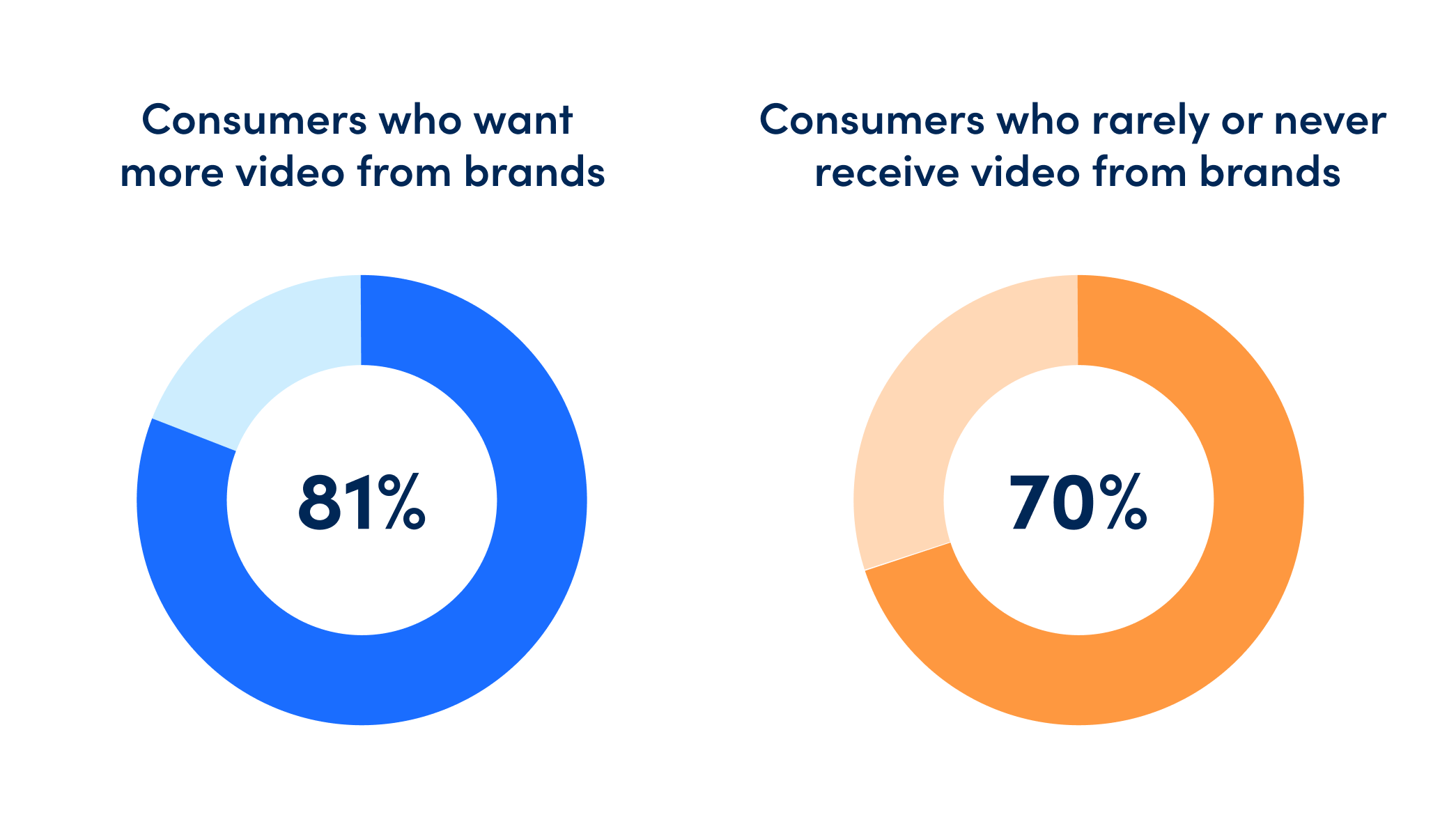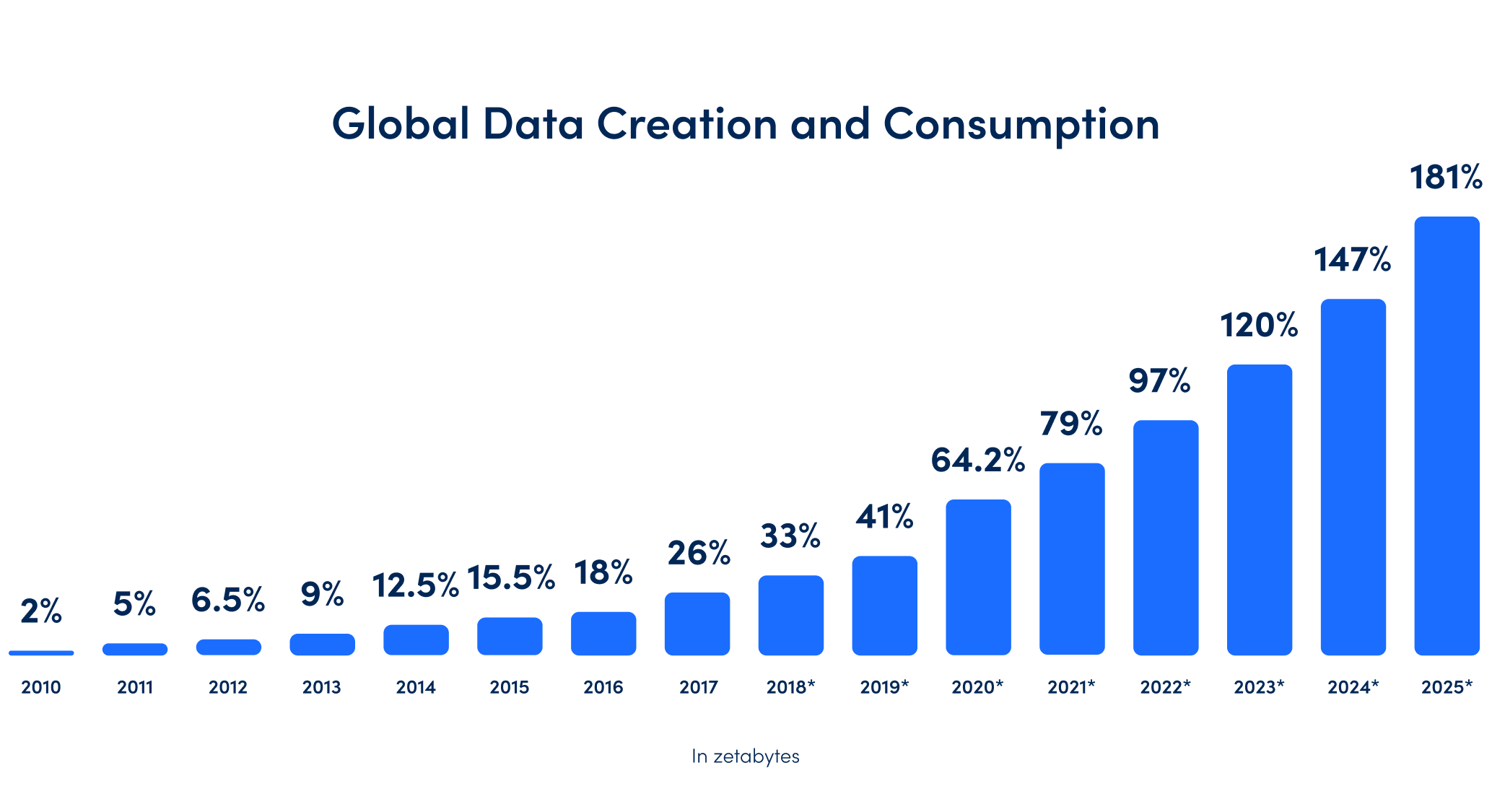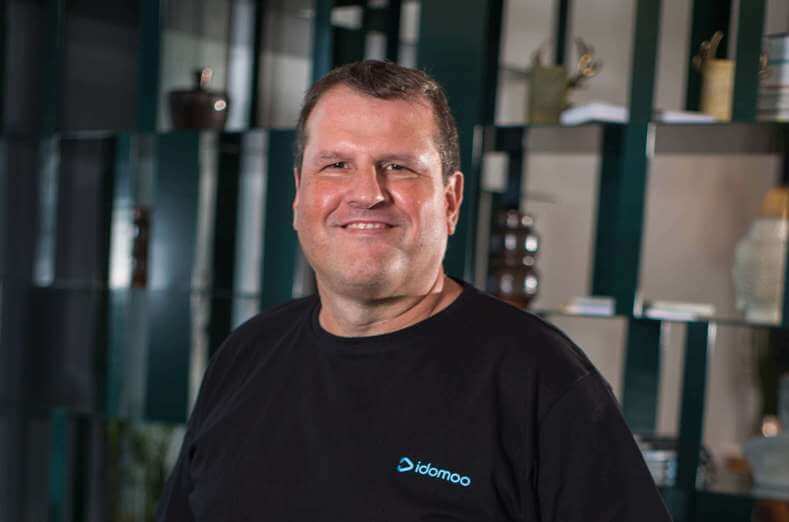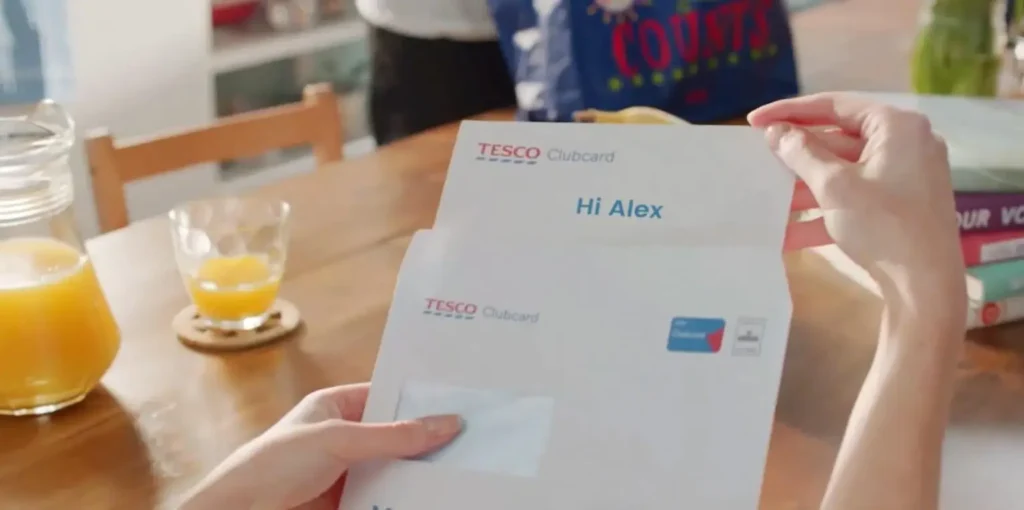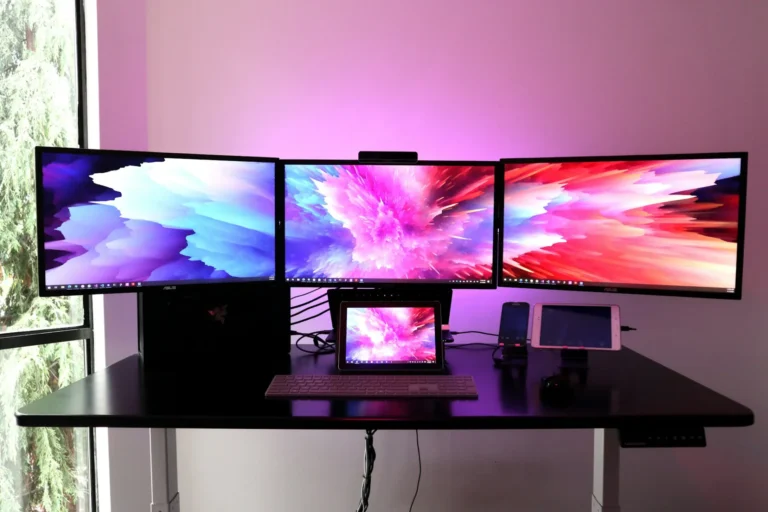For over a decade, we at Idomoo have been pushing the boundaries of video innovation. We understood that human beings are visual creatures, and therefore in the digital space, videos are the most engaging content format.
But we wanted video to evolve from a traditional viewing experience to something new — “Next Generation Video.” We wanted to make video relevant at the personal level, a 1:1 communication channel that’s scalable, data-driven and easy to use. And we did it.
We didn’t stop there, though. We made it interactive, customizable and more. And we’re still innovating. Because in today’s data-rich world, video is more important than ever. It isn’t just helpful or nice to have; it’s a survival tool, and unleashing its full potential is going to fundamentally change how we communicate.
So what do we mean when we talk about revolutionizing the world with Next Generation Video?
Let’s talk about that: what video was, what it is now and what it can be.
What’s Wrong With Video?
Video has been the most consumed and desired content in the world for quite some time. Movies have dominated our culture, video-first social networks are taking over the social media landscape, and every day a new video streaming service launches. According to Cisco, 82% of internet traffic is now video.
Post on
So what’s the problem?
There was an issue, though, one that we were trying to solve when we started Idomoo. Video, while being the most effective and preferred medium, was immensely limited in its uses.
It could only be used in broadcast scenarios, where a single video asset is viewed by thousands or millions of people, whether that be a Hollywood film, a YouTube video or a TV ad. This made video not the right choice for any use case that involved personal communications — between a company and its customers, between individuals, between website owners and visitors, etc.
Compare traditional video with web, and you immediately see the limitations. Video isn’t:
- Data-driven or personalized
- Interactive
- Interlinked
- Customizable
- Programmable
- Real-time
- Scalable
- Easy to create and edit
What this means is that video’s inherent costs and production times make it not fit for purpose for most daily interactions that are still largely text-based. This includes things like understanding your insurance coverage, visualizing investment options, getting appointment reminders or even just deciphering a first bill from a new provider.
Video content would quickly become out of date, but the cost of generating a new video prevented frequent updates to the video content.
In other words, video was relegated to lean-back experiences that required no personalized messaging or interaction.
Why does this matter?
The under-usage of video represents a huge untapped business opportunity, as evidenced by our recent market study which showed that 81% of respondents wanted to receive more video content from brands while a whopping 70% said they have received little to no such content. Relying on text based communication creates a huge “communication gap” between businesses and consumers. And this knowledge gap prevents customers from making informed decisions.
But to us, this is only the tip of the iceberg. We believe that turning video from a passive, mass-market medium into a dynamic, interactive tool serves to solve a much larger challenge, one that has its roots in our evolution as a species.
Video and the Brain
In his groundbreaking book “Thinking, Fast and Slow,” author Daniel Kahneman laid out the foundations of his Nobel prize-winning research on human decision-making.
In it, Kahneman described the 2 systems of the brain:
- System 1, the fast system, serves us to rapidly assess situations and make decisions. It operates in an unconscious and automated way. It manages our emotions and reflexes and is responsible for 98% of our decisions.
- System 2, on the other hand, operates in a deliberate and slow manner and is used to meticulously analyze decisions before they are made. It is logical and skeptical, but it is also a slave to System 1, meaning it can be conditioned and even circumvented by System 1 processes.
So what does this have to do with video? Well, as humans we have evolved to process audiovisual stimuli extremely efficiently — after all, our lives depended on it.
Video is an audiovisual stimulus, and as such, it gets processed by System 1 in our brains. Writing, on the other hand, is a very recent phenomenon from an evolutionary perspective, and as a result, text-based communications are processed in the slow and lazy part of our brain. Yes, all those Gen Zers that avoid emails and books like the plague are simply following their evolutionary imperative.
In the last 5 years, the world generated more data than in all of human history combined. The chart below from Statista shows the past and projected growth of data creation, exponentially increasing with the rise of the Internet of Things.
Much of this data doesn’t directly impact the human experience, but then again much of it does — the neck-breaking speed of tech innovation, endless news cycles on always-on platforms, a constant barrage of new tools to use at work and in our daily lives. The amount of data that we as humans need to process is growing exponentially. But the human brain is the same good ol’ human brain — with its astonishing capabilities, yet-to-be-explained wonders and the same limitations it had thousands of years ago.
So how do we as humans cope with this data explosion?
We believe that video is the answer. Video is the most efficient and effective way for humans to ingest, retain and process data:
- A study by MIT found we can process images seen for a mere 13 milliseconds. That means we can take in much more in a series of visuals (in video) than in text. As one Forrester researcher estimated, one minute of video is worth 1.8 million words.
- Video also makes it easier for people to understand and remember information. People retain 95% of what they see in a video versus 10% of what they read. And our own consumer research has shown that people are 3.5x more likely to want video than text when the information being presented is complex.
More importantly, as explained above, video is the most effective way to connect emotionally and to drive action. In other words, if we could repurpose video and make it into an easily accessible and usable interface between humans and the growing mountains of data we need to interact with, we’d be solving a huge problem.
The emotional aspect of video is also worthy of mention. WIth telecommuting, previously human interactions going online and growing geographical distances between family members and friends, our existence is becoming colder and more remote. It’s increasingly missing the human connection that we, as social creatures, crave and need. Can video replace a hug or a conversation? No. But it’s as close as we can get in a digital world.
What We’re Doing About It
Our journey started with reinventing the video rendering engine, as we realized that existing rendering technology could never work in a world of real-time, interactive and dynamic video.
Post on
The ability to render video on a massive scale in real time was key to the challenge before us, and it’s what enabled our customers to instantly personalize their video content for each and every customer. The first uses of this Personalized Video technology was made by companies wanting to more clearly communicate customer bills and statements so people could better understand them and avoid the frustrating experience of calling customer care, with its long hold times and stress.
This was a big first step, but there were still limitations. There was too much heavy lifting to get a Personalized project off the ground, the technology was largely inaccessible to all but the largest brands, and the video itself was still a one-way communication channel, even if a very effective one.
The Birth of Living Video
In the following years, we have continued investing in and improving our platform.
We increased our rendering speeds to 100x real time, battle-tested our scalability to millions of rendered videos an hour, opened up our platform, and added first-to-market innovations such as advanced interactivity, integrated live data feeds and the ability to customize videos right from the player. More recently, we developed an AI that can effortlessly create video content from a simple prompt, empowering businesses to create videos instantly — in a matter of minutes rather than months. And many more exciting innovations are still to come.
But at its core, our vision never changed, and all of these improvements have been made with the same goal in mind: to revolutionize the world with Next Generation Video. That is, to make video real-time, interactive, data-driven, interlinked, customizable, programmable and scalable… but to still be a video with everything that entails.
Video provides predictable, cinematic-level quality. It’s secure. It can be downloaded, played and uploaded to YouTube or other social networks. It’s universal and doesn’t require people to download special software or operate in a proprietary environment.
All of this matters, as it makes video uniquely suited for many uses, as long as the aforementioned challenges are addressed.
Looking Into the Future
We have big plans for the future of video. Many of the elements are already in place, and on others, we are feverishly working. We believe that technology has finally caught up with our vision, and unleashing the full potential of video is around the corner.
And around that corner is where you’ll find us, committed to revolutionizing the world with Next Generation Video.
It’s hard to predict the future, but here are some possible ways video can revolutionize the world.
- Web sites becoming video sites: The main interface will be an Interactive Video tailored to the user context and input. From the video, the user can access regular HTML pages when needed.
- A new search experience: Search results can be presented as videos.
- The video can be the answer to your question.
- The video can be a preview of the suggested website in relation to your search term.
- New entertainment paradigms: Companies like Disney and Netflix try to create desirable video content. The goal is to try to please the average viewer’s taste. But there’s no such thing as an “average viewer.” In the future, Disney will create tailored experiences for the viewer — like your grandmother is inventing a story just for you.
- Chatbots turned into video bots: The main interface for chatbots can be video. It’s similar to talking to a real person but enhanced — think of information and visuals floating in the air that you can interact with, like in “Minority Report.”
These are just some of the possible ways that Next Generation Videos can revolutionize the world.
But the future will probably surprise us with many more.


